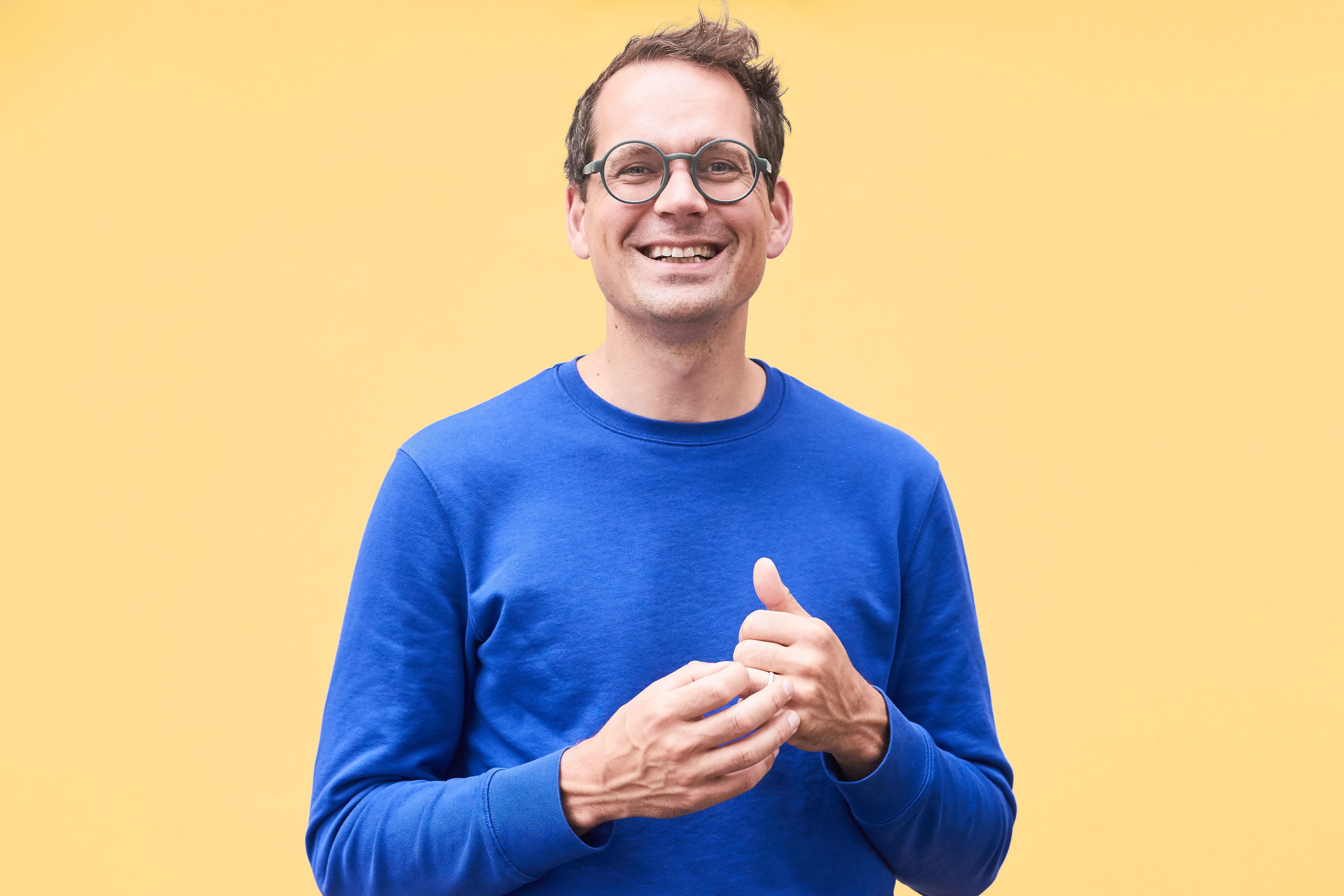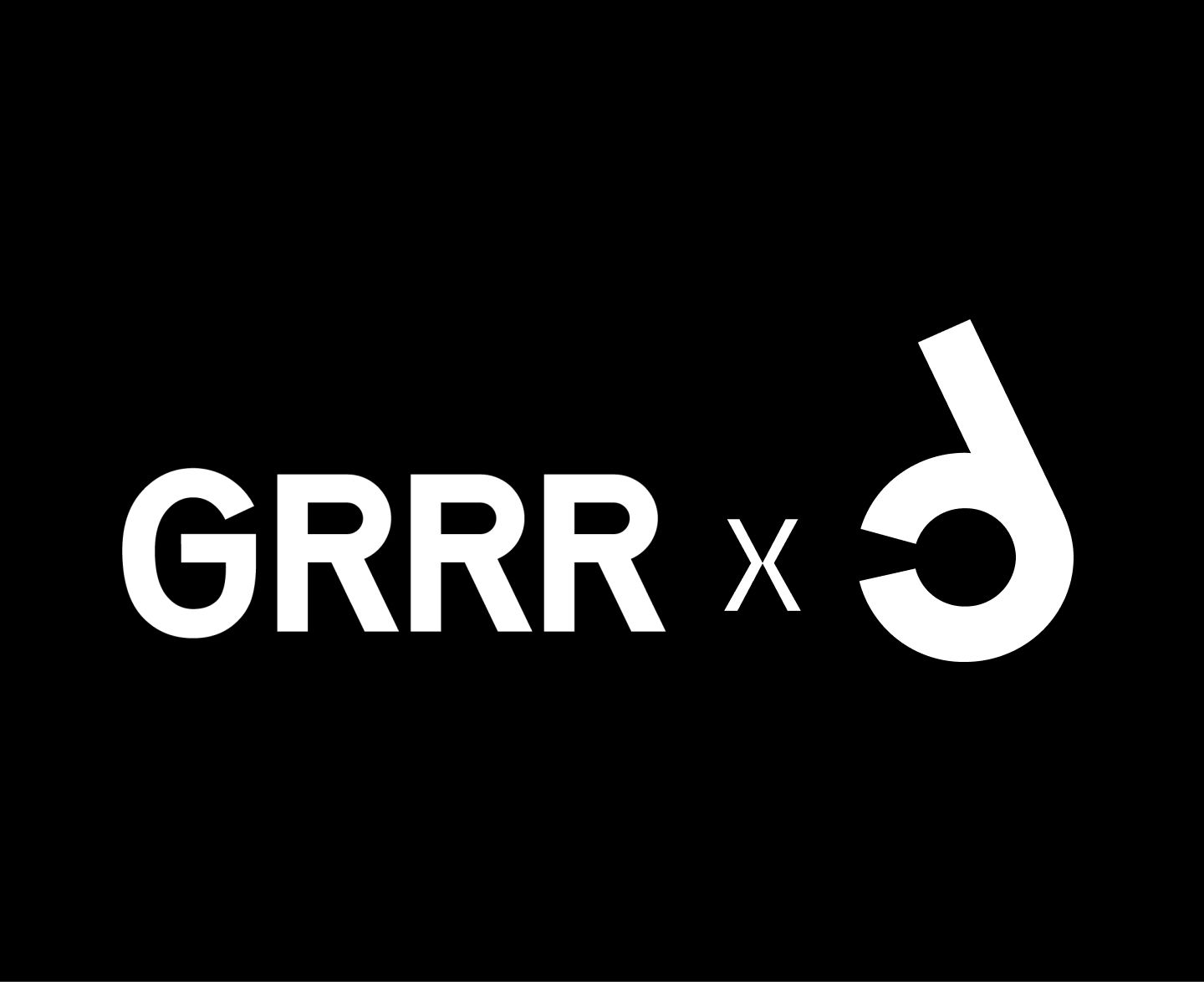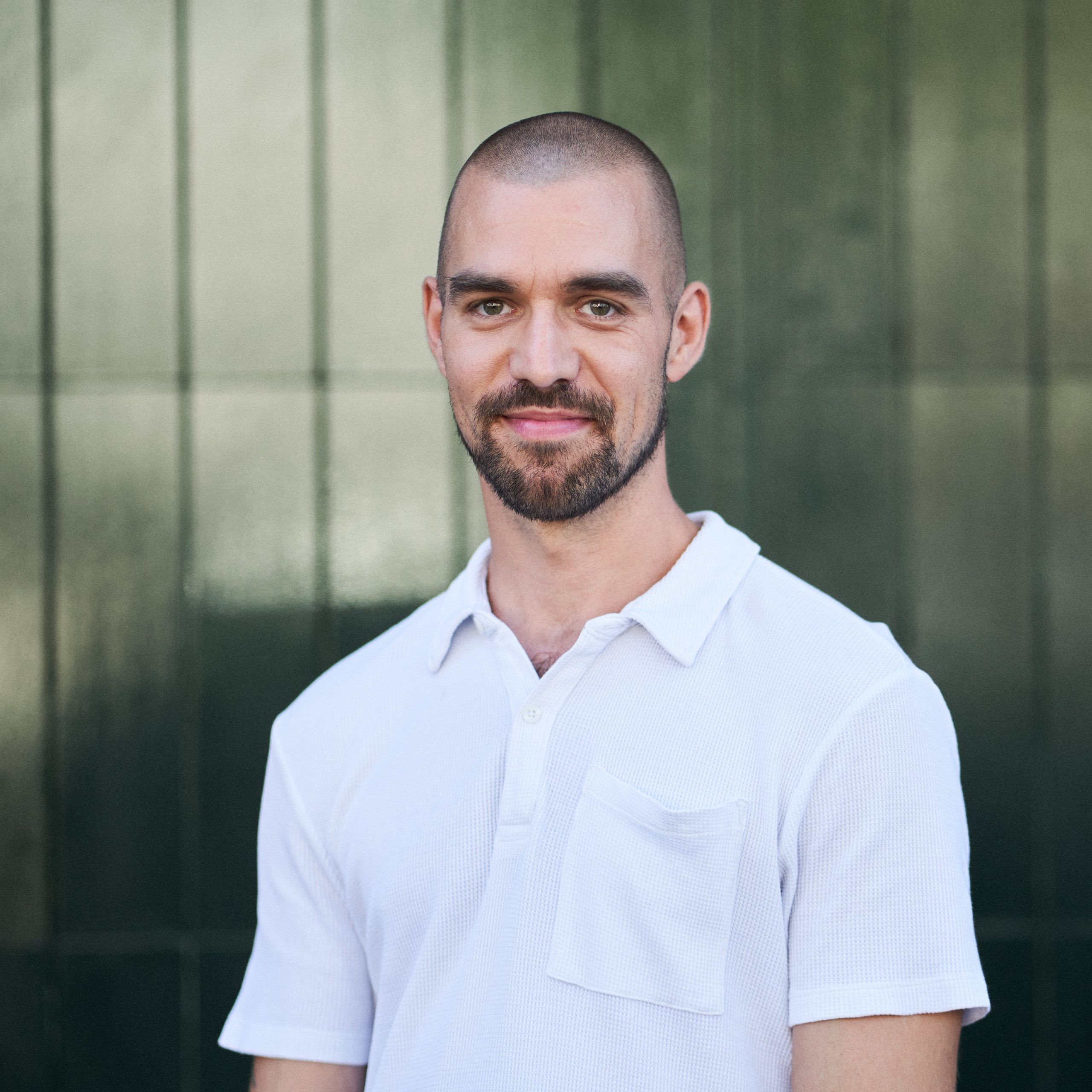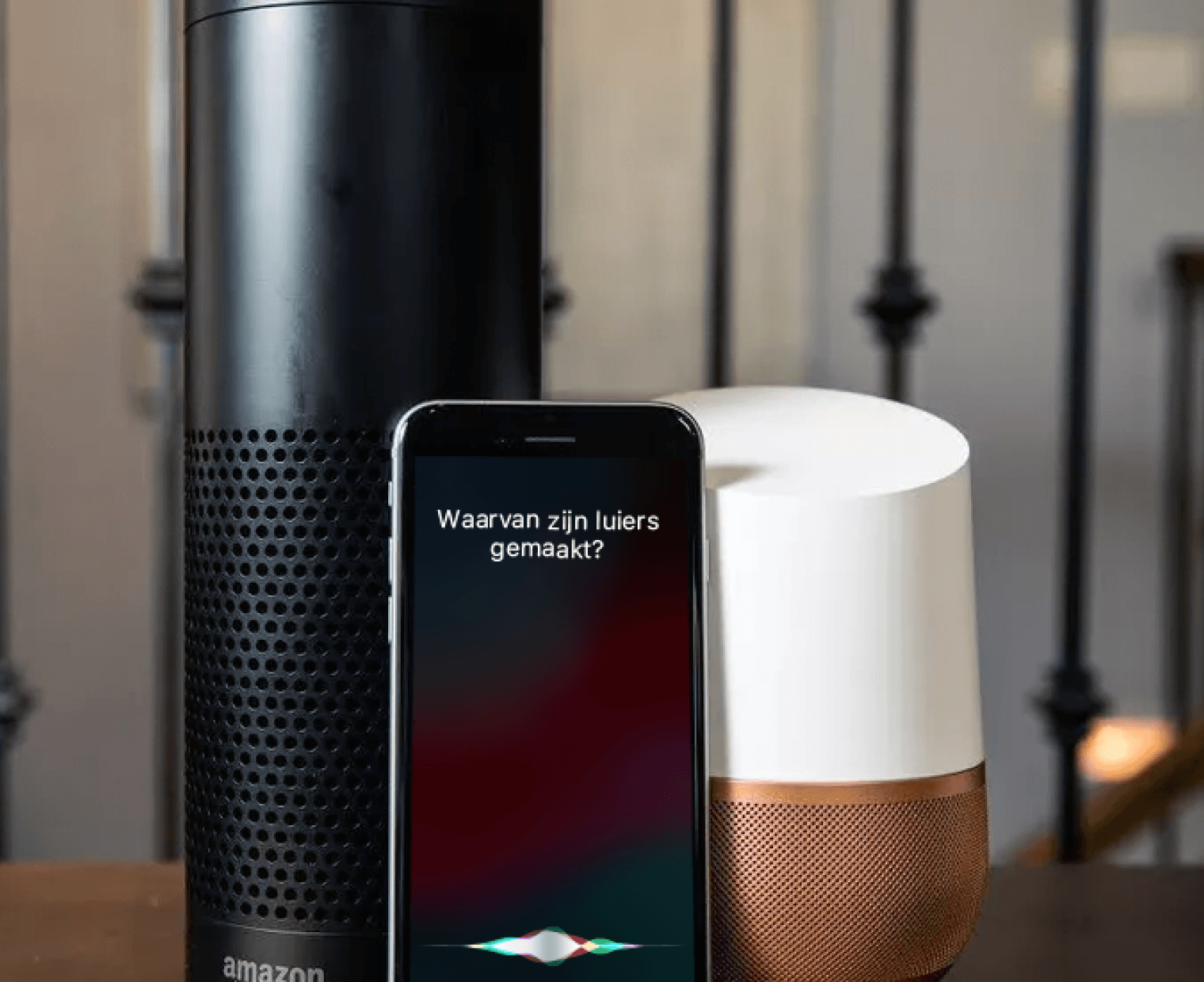Make conversion optimisation your core principle in stead of using it as band-aid
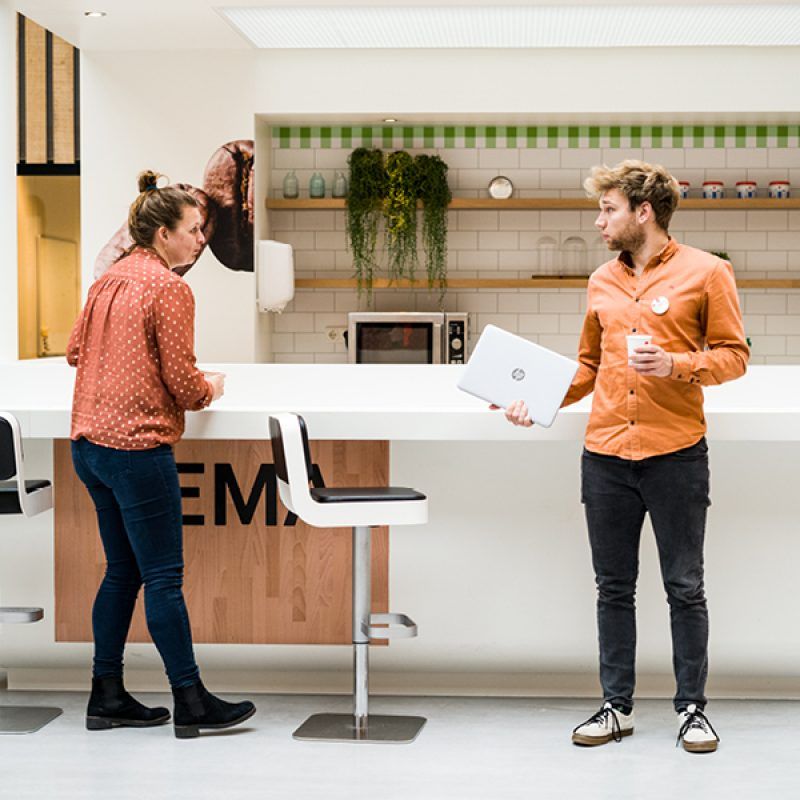
I spoke to Peter the other day. Peter is head of marketing & communication and was quite over the moon. He had invested tons of money in a flashy website. Quite a few visitors also visited their new website, but nobody bought the self-portrait bath soaps it offered. Of course, maybe self-portrait soaps aren’t the invention of the century. But something else was going on as well. Peter saw conversion optimization as the icing on the cake – a detail that gets the job done.
In a friendly way, I tried to explain to Peter that that was the crux. Because conversion optimization should not be the icing, but the eggs in your batter. In other words: conversion optimization is the foundation of the strategy of your website, webshop, or campaign and is connected to the user experience. Optimization = make stuff user-friendly.
Now of course Peter’s first question was, sure but how? I explained this on the basis of a project we did for the Amsterdam University of Applied Sciences (HvA). In which we achieved a 23% increase in student applications.
The HvA’s question was slightly different from selling bath soap. Namely, how they could transfer the added value of the program to the target group so that more students would sign up. But the steps we took back then are always useful. In this blog, I explain these steps.
Step 1: Find out what your audience really wants
This always reminds me of an anecdote my geography teacher once told me about bras. A number of good guys from company x had seen images on TV of African tribes, where the women all had sagging breasts. The women here felt the pain of these sagging breasts and decided to send boxes full of bras that way. As it turned out, the women there had no need for this at all, sewed the two cups together, and made bags out of them. So yes they used it but in an entirely different manner.
This anecdote has little to do with students, but it always pops up when I think about it when I see solutions for which a problem has yet to be found. So never skip your target audience analysis. In our case, we were trying to reach kids between the age of 17 to 21 who are about to make an important life decision. The study you pick has a great influence on how you will fill most of your time in the future.
Interesting insights quickly emerged from the interviews we conducted with these youngsters. Because as it turned out, they didn’t find the education itself that exciting at all. Learning writing and presentation skills just didn’t sound that sexy to them. What they did find very cool was that graduate students often ended up in really cool companies.
Fortunately, as a marketer, you don’t have to completely reinvent the wheel and you can always use existing literature and psychological insights. Think, for example, of Cialdini’s persuasion principles, and see how they can apply to your specific audience. Cialdini’s principles are all super obvious. But from experience I can really say, it helps to reread them to make them top of mind again. One of Cialdini’s techniques we used was sensitivity to scarcity.

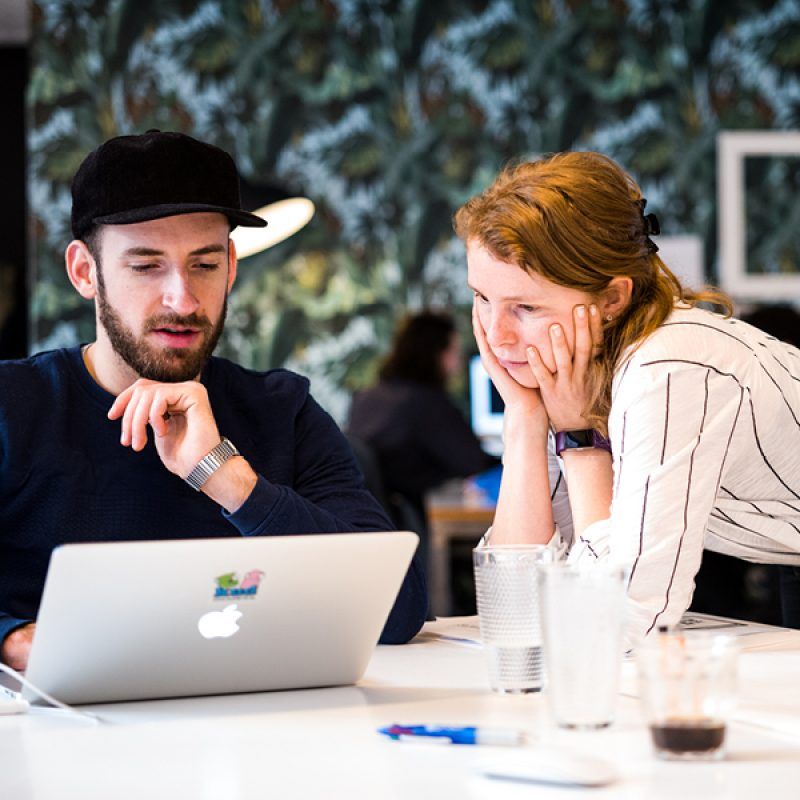
Step 2: Use convincing communication
If you know who your target audience is, you naturally want to know how to make them fall for you. But all universities already say they are the best. So you have to look for a different approach to be convincing. This can be a challenge, especially when you are dealing with critical young people who are overloaded with information.
In this case, we knew one thing for sure. We don’t want to bother the students with brochures that they won’t read anyway. But approach them in a personal and interactive way. Starting from that principle we came up with “Unlocked”, a recruitment campaign aimed at students and secondary vocational education students. Instead of the usual open day (which is still handy, though), we are now organizing an exclusive event. Something that stands out and is different from all the other open days of which they have seen enough.
Of course, a great event is only the start. You have to make it known. How to take Byron Sharp’s know-how to heart and create proper physical availability? How could we make it as easy as possible for these youngsters? For this, the most basic of the basics of marketing is still a winner: the 5 Ps. We especially focussed on Place and Promotion. You prefer to approach your target group where it already is, and you go fishing where the fish is. In our case, this meant developing vlogs, Instagram teasers, and other branded content to publicize Unlocked.
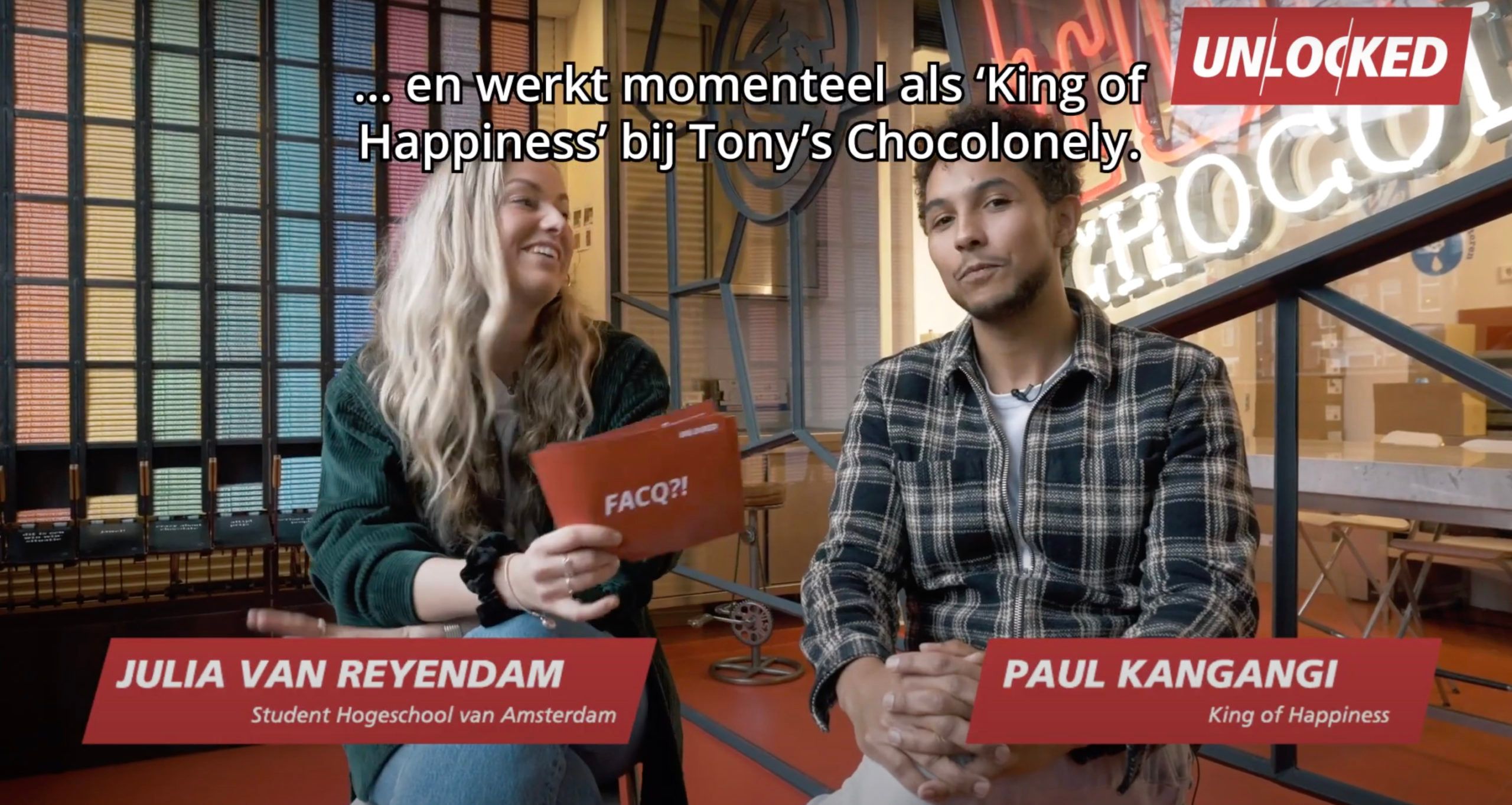
Step 3: Deliver an experience that really makes an impression
With this knowledge about our target group in mind, we continued to develop Unlocked. The concept is actually quite simple: we’ll show you what you can do once you’ve graduated. As it turned out there was a real demand for this type of event.
Only 75 lucky ones were allowed to look inside the coolest brands and brand makers in Amsterdam during Unlocked. Roorda, HEMA, G-Star, ARTIS, XITE, and Dawn opened their workplaces. As a communication professional in the making, you could experience the different and challenging roles there are, and what you do it all for.
Amsterdam is a brand Mecca. It therefore makes sense to reach the future student interested in brands and communication together with these popular brands
Eureka? Ikea!
Our assumption that an exclusive event would go well turned out to be correct. If we look at Cialdini’s principles of persuasion, this is only logical, or at least backed by science. By creating scarcity, we managed to influence the subconscious notion that is hard to get is regarded as more valuable.
We also used an effect Cialdini calls reciprocity. The students receive several exclusive visits to cool companies that make their busy teams available to them. We suspect this will instill an urge to pay back this effort by signing in for the study program.
Finally, we can speak here of the IKEA cabinet effect. Ever wondered why those cunning Swedes let you construct your cabinet yourself? It’s not only to save costs. It also makes you value your cabinet more, making it more likely you’ll buy something else. This same effect applies to Unlocked. The selected group of students was in direct contact with potential employers and was actively participating in workshops. That creates a way stronger bond than walking around in the passive setting of an open day as one of the many.
Selling more soap
Of course, every project is different, and there are many more steps to take to achieve your conversion goals. But the most important thing is that you see that conversion optimization is not something you apply afterward, but that it is the foundation of your strategy. Hopefully, that will help Peter to sell more bath soap. And you to achieve your conversion goals.
